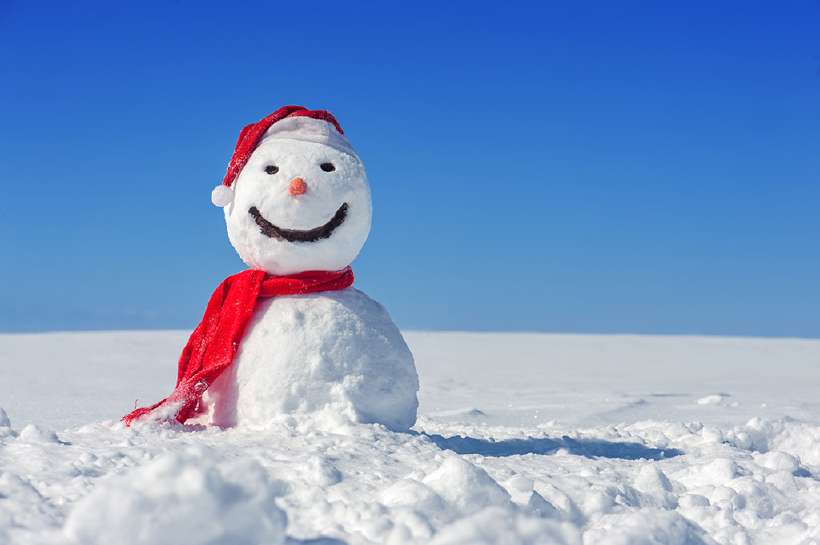I am sure like my two kids, all of seven and three years, you too may find the cold in Delhi a bit too extreme. It is cold and clammy and some days it is foggy making it dangerous to drive. Some days I would like them to be adequately muffled up in warm winter clothing, while they feel quite comfortable running around in a sweater and shorts! But most days it was grumble, grumble, grumble!
Last year I found my children complaining about the winter cold a bit too often. So I decided to take them out on a well-deserved winter holiday. The idea thrilled them but their faces fell when I told them that I intended to take them to hill station. A hill station in winters -I am sure they felt that I had gone senile quite early in life.

However, I wanted them to see snow so that they would learn to appreciate the beauty of the cold crisp winter and the fresh air of the mountains. So we packed our bags and set off to Shimla, a hill station in the state of Himachal Pradesh.
After a thoroughly enjoyable drive we reached Shimla. It was very cold and to add to all this it started raining. The next day too there was no sign of sun. Just when we were planning our next move it started raining again. Suddenly we could see tiny powdery white flakes falling from the sky. Soon the entire place was full of white snow. For the kids who were seeing snow for the first time, it was probably the most beautiful sight.
They were fascinated with these cotton flakes of snow falling from the sky. When I explained to them that it was only frozen water, they immediately turned around and asked me, “if the ice in the fridge was colourless then why was snow white?”
A snowflake is formed when water vapour in the air suddenly freezes. It turns from gas to solid without having any time to turn into liquid. The currents in the air make these crystals go up and down in the atmosphere. As the crystals do this, they begin to gather around tiny particles that are in the clouds. When a group of ice crystals is big enough, it floats down on the earth in the form of snowflake.
The result is a six-rayed ice crystal of delicate quality. And it is the reflection of light from these surfaces that make the snow look white. While all the branches of a snowflake are always identical, the arrangement of these branches is different in each case.
Though these snowflakes are crystals with six sides, no two snowflakes are exactly alike. But they can be classified into different types of crystals. The six-sided shape of the ice crystal is because of the shape and bonding of the water molecules. Basically there are six different types of snow crystals: needles, columns, plates, columns capped with plates, dendrites and stars.
We can only think of the snow as being white, but there have actually been cases where coloured snow has fallen. There have been cases where blue, green black and even red snow has been seen! One famous case was even reported by the Charles Darwin. During one of his expeditions, he noticed that the hoofs of the mules were becoming stained red as they walked through the snow. The red snow was caused by the presence of certain tiny plants, called algae, which had been in the atmosphere when the snow formed.
Needless to say, we stayed in Shimla two days longer than we had originally planned to – obviously the kids were not ready to leave! Now at least they do not grumble at the extreme cold but they have now taken acute interest in skis and skates and sledges and reindeer. . .
651 words |
6 minutes
Readability:
Grade 6 (11-12 year old children)
Based on Flesch–Kincaid readability scores
Filed under: 5ws and h
Tags: #winter, #atmosphere, #shimla, #crystals
You may also be interested in these:
Treaty on Global Warming
The Earth Is Getting dimmer
The Big Meltdown
Finns Favour Freezing Swim
The Wooden God